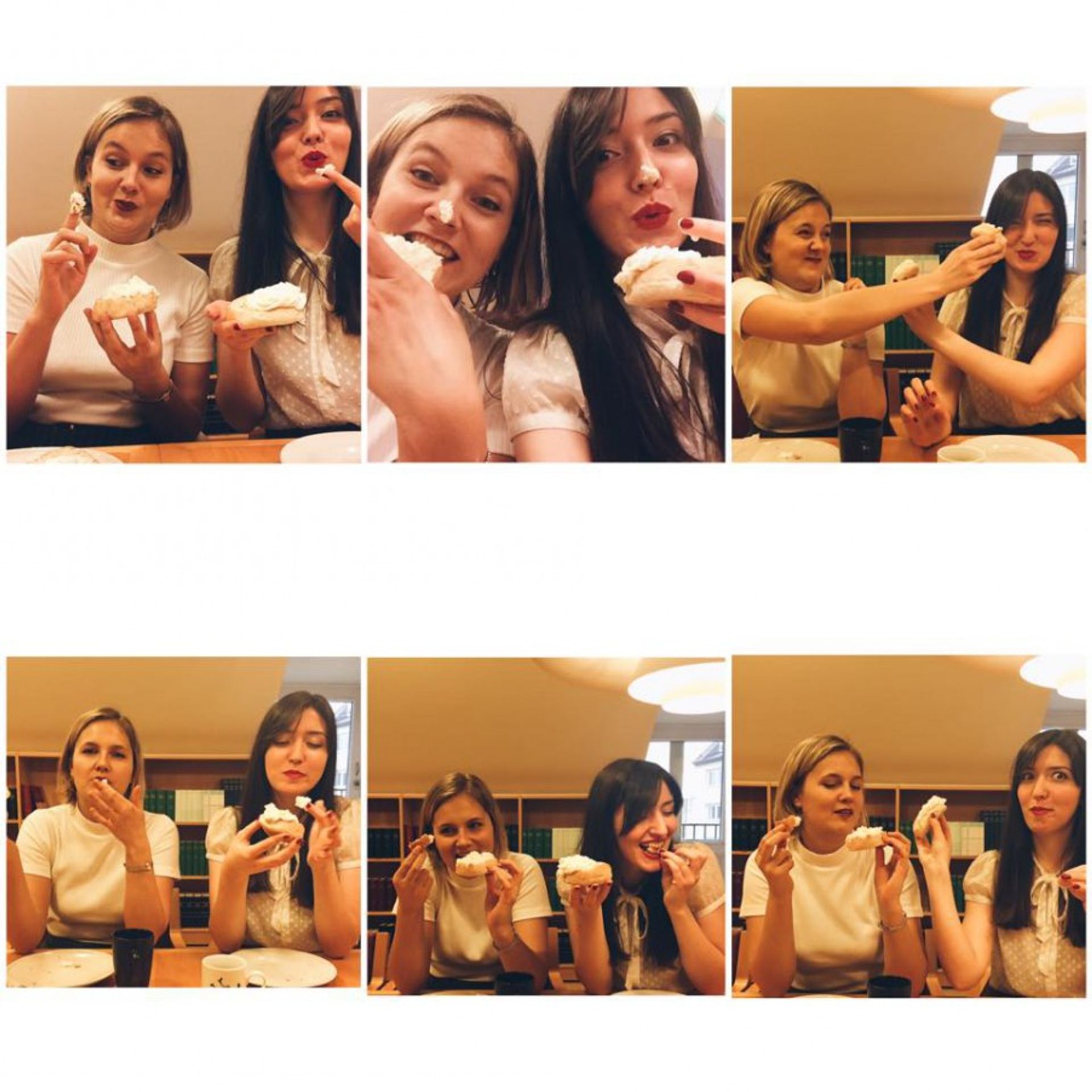
Written by Dena
13 Feb 2015
I woke up really early to go to the gym today. I was practically the only one on the treadmill for a long time. I guess no one likes going to the gym on a Friday morning. 🙂 However, I did it so I could feel a little less guilty when I eat semla buns.
Next week, Mardi Gras (Fat Tuesday) comes to tempt us with all the delicious food we put on the black list of our new year’s resolutions. And oftentimes, we give in oh so, so much.
Semla is also called fastlagsbulle (that’s the word we use here in Skåne) or fettisdagsbulle. It can also be eaten in warm milk, but then it’s called hetvägg. Traditionally, it is eaten on Fettisdagen and Blåmåndagen, that’s Monday and Tuesday before lent. Semlor are eaten in Scandinavia, Finland and the Baltics and the filling is different in all countries.
In Sweden, 40 million are eaten each year!
The word semla comes from the latin word simila which means wheat flour and was at first just the bun without any filling.
The tradition of baking lent bread goes back to medieval times but the semla, similar to the one we eat today originates from the 16 Century and back then it was filled with cream or cream and butter. When almond got common in the Nordic countries they started filling them with almond and cream. The story says that people started filling the buns to side-step the provisions for lent which only allows people to eat bread. In the 1850’s they started filling the buns with almond paste, mandelmassa, and in late 19th Century they put the cream back in there together with mandelmassa. The tradition was spread all over the country by the 30’s but until the 60’s it was forbidden to serve semla other than on fettisdagen, which is quite interesting!
Well, enough lessons for today, kids. I need to eat my semla bun. (Don’t worry, I will not eat both of them – I am sharing)






